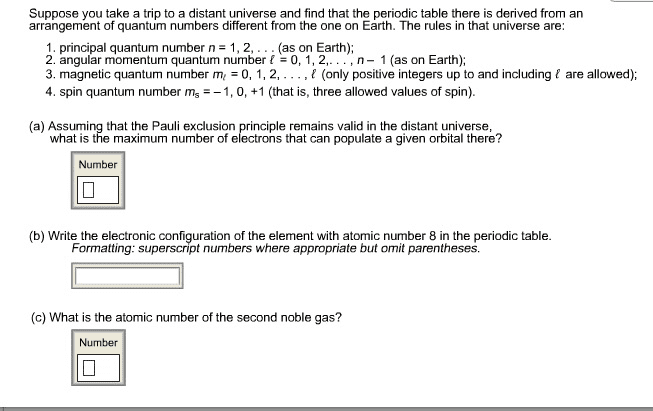CHEM 101 Lecture Notes - Lecture 10: Polynomial, Boundary Scan Description Language, Linear Combination
Document Summary
Solving schrodinger equations in spherical coordinates yields orbitals. Agrees with bohr"s quantization of angular momentum, but it gets there without just randomly invoking the concept. Found that the three quantum numbers are dependent on one another. One of them affects the other two, so this is called the principal quantum # n. L can be any number less than or equal to n-1, so one n state can have many l states. The fact that this can be zero means angular momentum can be zero. In classical physics, this would mean that m, v, or r would have to be zero, but this isn"t the case in quantum mechanics. Split into two functions, one depends only on r, the other depends on theta and phi. N and l affect the radial part. L and ml affect the angular part. Always written in the order n, l, ml (done in subscript, left out if 0 for s orbitals)


